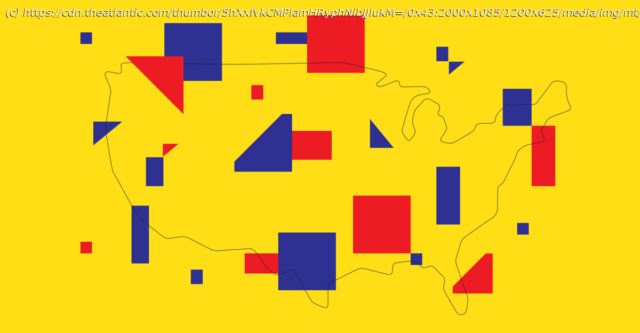The question we should be asking is not “did my party lose seats?” but “was the redistricting fair?”
Republicans have gained control of the House of Representatives, but their majority will be tiny. Such close division has triggered many what-if discussions. Some have focused on New York, where Democrats performed poorly. The Democratic legislature had drawn a map in early 2022 that was designed to give the dominant party its best possible performance, even in a bad year. However, a court-ordered replacement map undid this gerrymander, shifting the outcome in multiple seats.
Did this single action cost Democrats control of the House of Representatives? Some political operatives and journalists in New York think the answer is yes. But that’s not the most important question. Better to focus on whether the New York map is fair—and, in the larger view, to ask whether maps nationwide yielded a representative result overall.
Looking first at The map drawn by the Democratic legislature was found to be a partisan gerrymander. (Disclosure: The court-appointed redistricting master, Jonathan Cervas, is an affiliate of the Gerrymandering Project at Princeton and my academic collaborator.) Under the remedial map that was put in place, Republicans won 11 seats, an increase of three seats over their performance in 2020, even after the census count reduced the overall delegation by one seat.
Given the pattern and lean of the statewide vote, I estimate that the map that was overturned would have elected no more than eight Republicans. This redrawn map, then, brought Republicans a net gain of three seats. But that is not the whole story. Republicans’ three closest wins were decided by an average margin of less than two points. These wins could easily be reversed in 2024. If New Yorkers return to their 2020 voting habits, Republicans will be reduced once again to eight or even fewer seats. The old map would have all but guaranteed that result, every year. This suggests that the New York replacement map is more competitive, a key measure of fairness.
Every decade, the forces of partisan self-dealing and occasional good government converge in a frenzy of redistricting. Think of it as a closely contested game of tug-of-war, in which the outcome depends on every participant. Measured from the standpoint of power, the advantages in each state can cancel one another out. In large part, that’s what happened in this year’s redistricting.
One contributor to the Republican majority was the Supreme Court.






